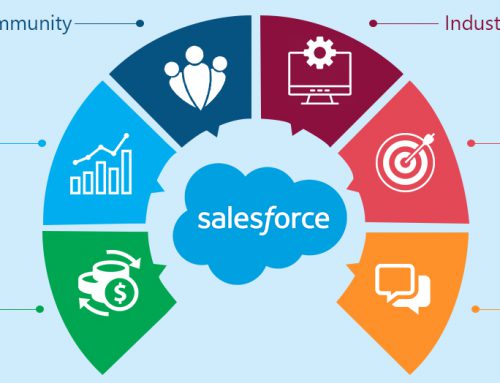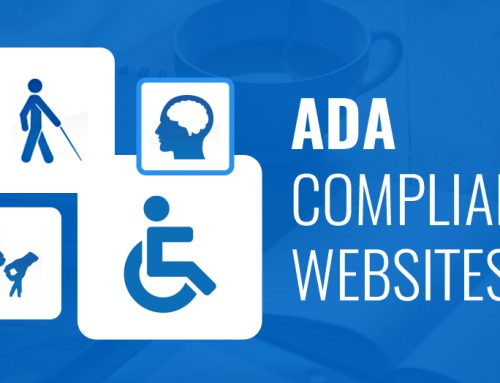Table of Contents
“Progressive Web Apps are just websites that took all the right vitamins. ” – Alex Russell and Frances Berriman
There has been ample buzz about Progressive Web Apps (PWA) and all the top brands have already taken the meaningful leap to adopt the benefits PWA possesses. Everybody talks about its benefits but nobody answers the most basic and common questions about how it is going to fit in your ecosystem and guidance in the same lines, needs to be addressed about PWA.
What native app fails at?
There are 3.3 billion smartphone users in the world today. We install Android/iOS applications on our smartphones for various needs. But there are some persistent issues while installing these apps:
- We are not sure if the app we are installing is worth the download and will be used in the longer run
- Not enough disk space available most of the times
- The available internet data is insufficient
With these problems, it turns away people from installing Android/iOS apps as the experiences are not satisfactory or even worthwhile. Some even hesitate to download apps given to the recent security issues also. There are times when the apps work well only when there is an active internet connection.
The average app size available on app stores normally ranges from 30-200 MB. Also, these apps need an update in short intervals almost regularly. With the major of these apps having a fully responsive website, instead of downloading the apps, people shift to these websites which will save them ample disk space and internet data. This directly negatively affects the user engagement with the business/brand.
By 2019, 63.4 percent of all mobile phone users will access the Internet from their mobile phones. The traffic is on a perennial increment every year. Until now, mobile users have interacted with businesses online by 2 ways: mobile web and native apps. But PWA goes one step further, eliminates the drawbacks of both these ways and brings out a new perspective on the way users go about utilizing the mobile internet.
In short, PWA takes advantage of the latest the web has to offer. Progressive web apps combine great aspects of a native app with everything that is great about a mobile website.
Progressive Web Apps: What is it really?
“Responsive, connectivity-independent, app-like, fresh, safe, discoverable, re-engageable, installable, linkable web experiences” – This is what precisely Alex Russel has defined PWA to be.
To start with, the term progressive web apps was introduced by Alex Russell in 2015, along with Frances Berriman, who knows that inevitably he is only to be remembered for naming PWA. There is no universally accepted definition for PWA which can give a detailed and comprehensive explanation to satiate our hunger for knowledge.
Think of it as a website but that acts and gives the app-like feel. PWA is a web application, which can be installed on your smartphone/system. It works offline when there is no internet connection, leveraging data cached during your last interactions with the app. If you are on a desktop, using Chrome, and have the appropriate flags turned on, you will be prompted to install the app when you visit the website.
Progressive Web App is the best way to make web applications load faster and deliver better app performance. In a brief, PWAs are websites, which use recent web standards to allow for installation on the user’ computer or device. It delivers an app-like experience to users.
It fuses the look and feels of an app with ease of programming of a website. These cutting edge apps for your users to access your content, providing a higher quality experience and happier users. It relies on the user’s browser capabilities. It can progressively enhance their built-in features automatically to look and feel like a native web app.
Some of the popular examples of successful PWA’s are Alibaba, Forbes, Twitter Lite, Uber, Starbucks to name some.
Striking Features of PWA
- Responsive: to fit any form factor
- Connectivity independent: allows to work offline and with low-quality network mode
- App-like-interactions: easy app like navigations & interactions
- Fresh: Transparently always up-to-date
- Safe: There is no third party intervention or snooping
- Discoverable: can be shared and indexed by SEO
- Engaging: maintains a constant engagement with the user using features like Push Notifications, etc.
- Installable: users can install the website as an app on their home screen or desktop without visiting an app store.
- Linkable: no complex installation is involved and can be easily shared via URL
To add on the benefits, it is much better an option to build a progressive web app than to build a fully functional android application because –
- It is cost-effective as the development & maintenance is comparatively low
- Progressive web apps are supported across all platforms. No separate development is to be made for different platforms.
What makes PWA so effective?
The key to PWA’s amazing efficiency lies in its elegant usage of 3 important parameters:
- To provide a smooth offline experience, and to make the site more resilient to poor network connections, a Service Worker must be implemented. It is It’s a script that runs separately in the background, supporting features like push notifications and background sync.
- To make it possible and easy for the users to save the app on their home screen, and for the browser to provide information about the app, a Web App manifest (JSON File) is required.
- Service workers require that a website is delivered over a secure connection. Irrespective of the site content, the site has to be secure and to practice the same, running the site under HTTPS is highly recommended.
Few interesting and useful resources on Progressive Web Apps
- Google’s Official Developer Section on PWAs: a fantastic, comprehensive resource for PWAs including videos, how-to-guides and testing tools.
- The 5 best tools for building progressive web apps fast: top tools that will let you build out apps faster.
- PWA Stats: A community-driven list of stats and news related to Progressive Web Apps
- Yes, That Web Project Should Be a PWA: a guidebook for business leaders, product managers, and technical decision-makers.
There is more to explore and learn about PWA and how it can be used to achieve your business goals effectively to get more visitors, reach out to new users and boost your user engagement. Chalk out the roadmap, build a robust progressive web app for your business to grow limitlessly and take care of the analytics of the same in the same umbrella. The progress is going to take a tremendous leap that knows no bounds.

























Leave A Comment